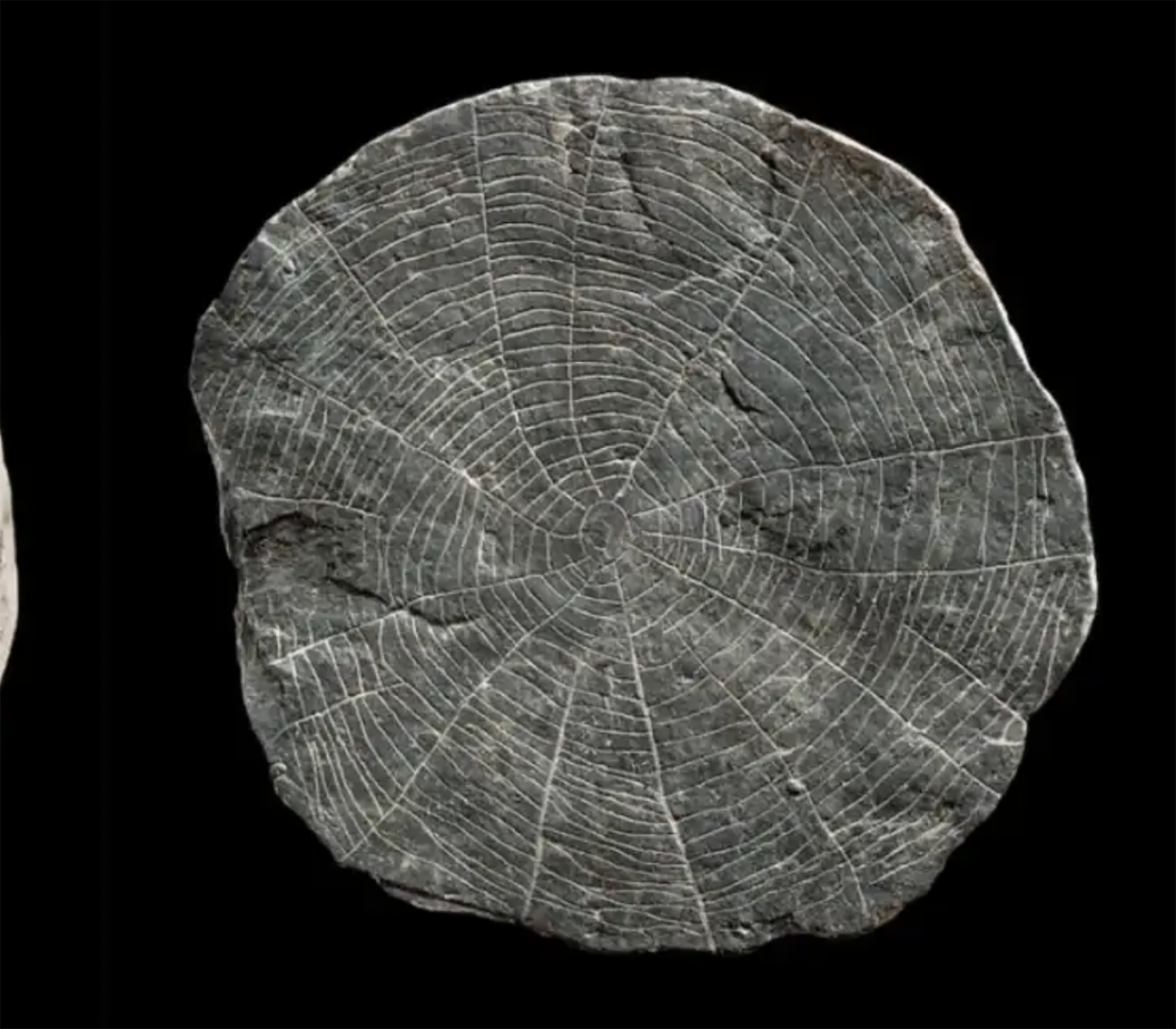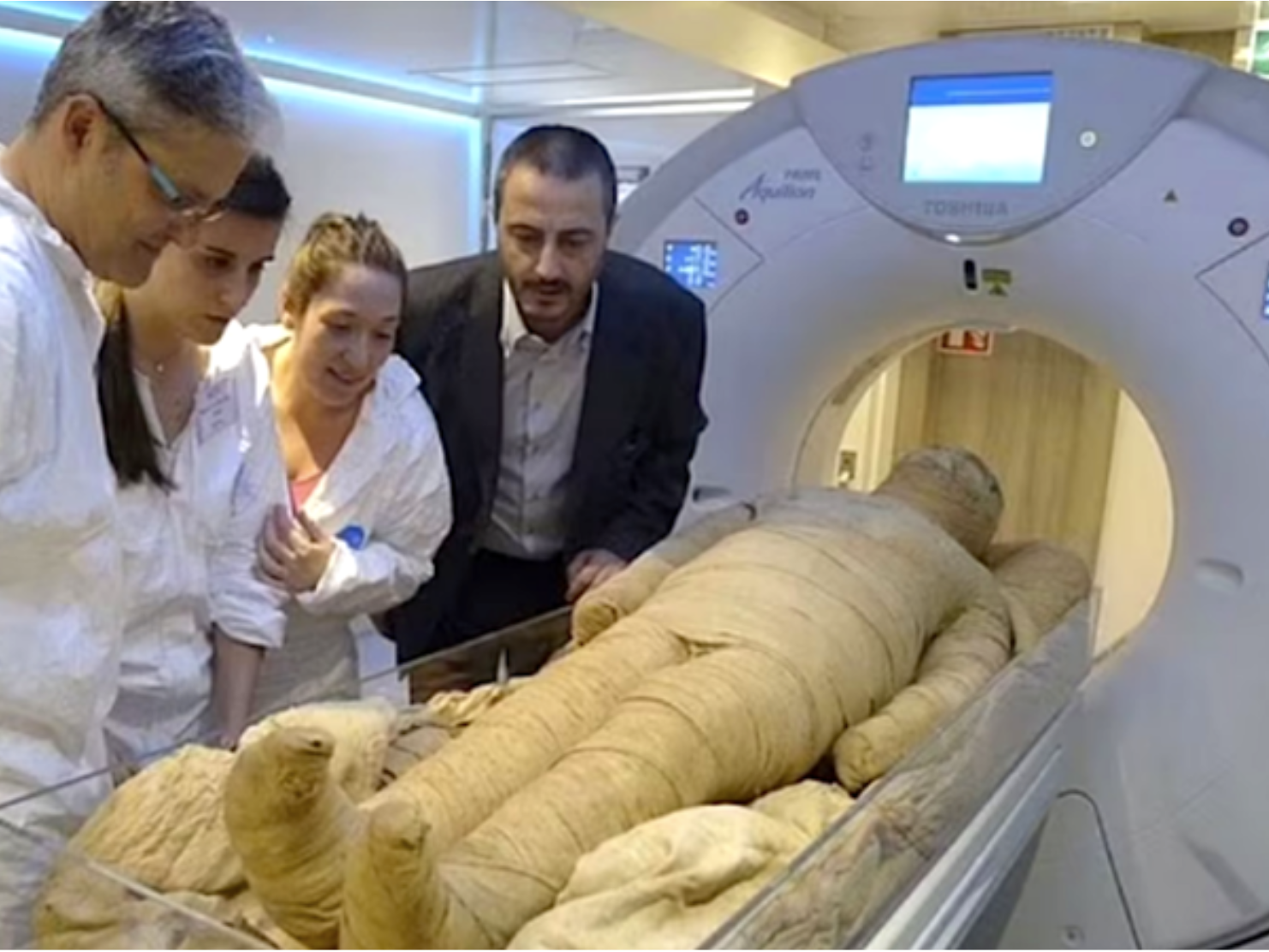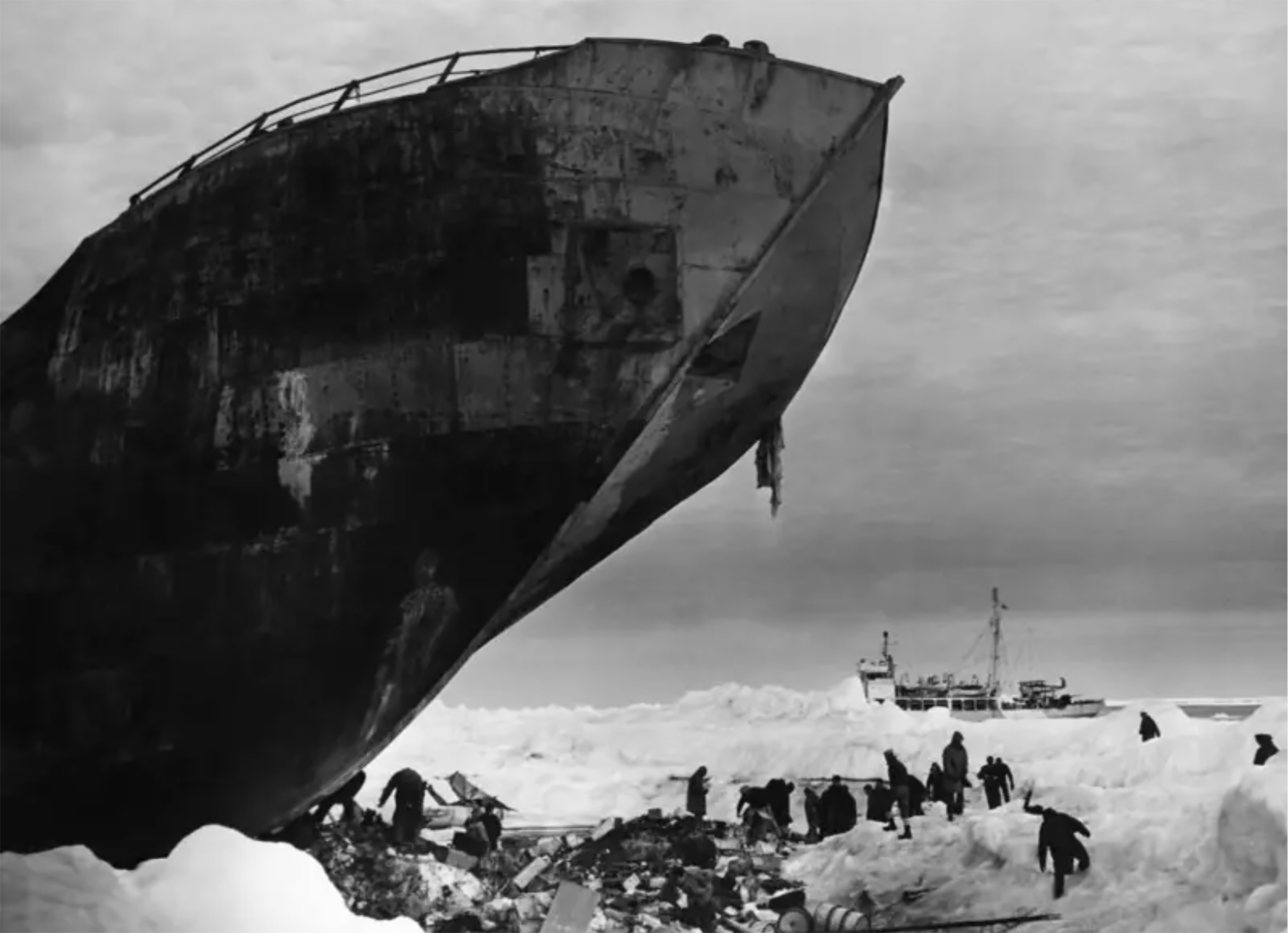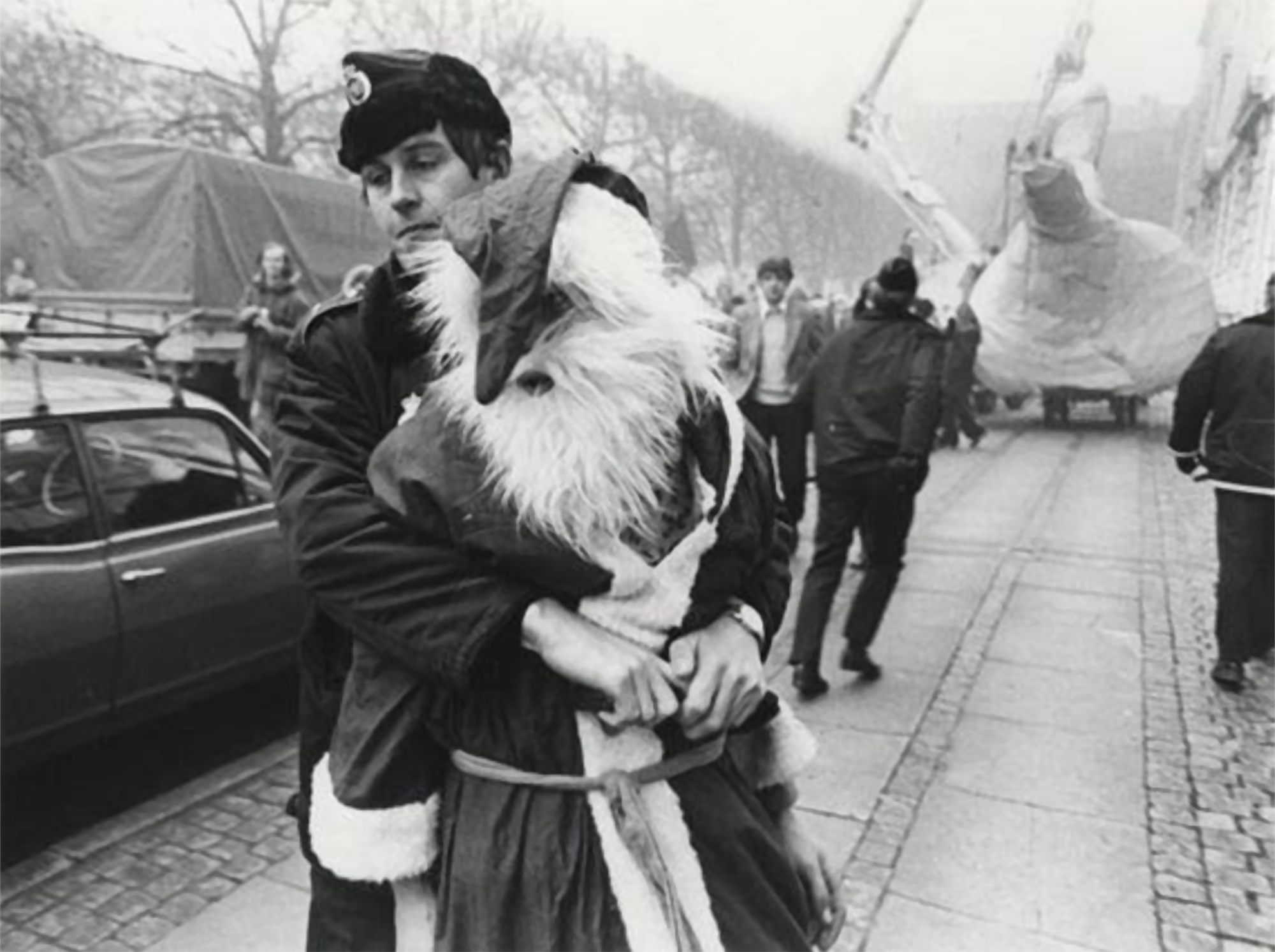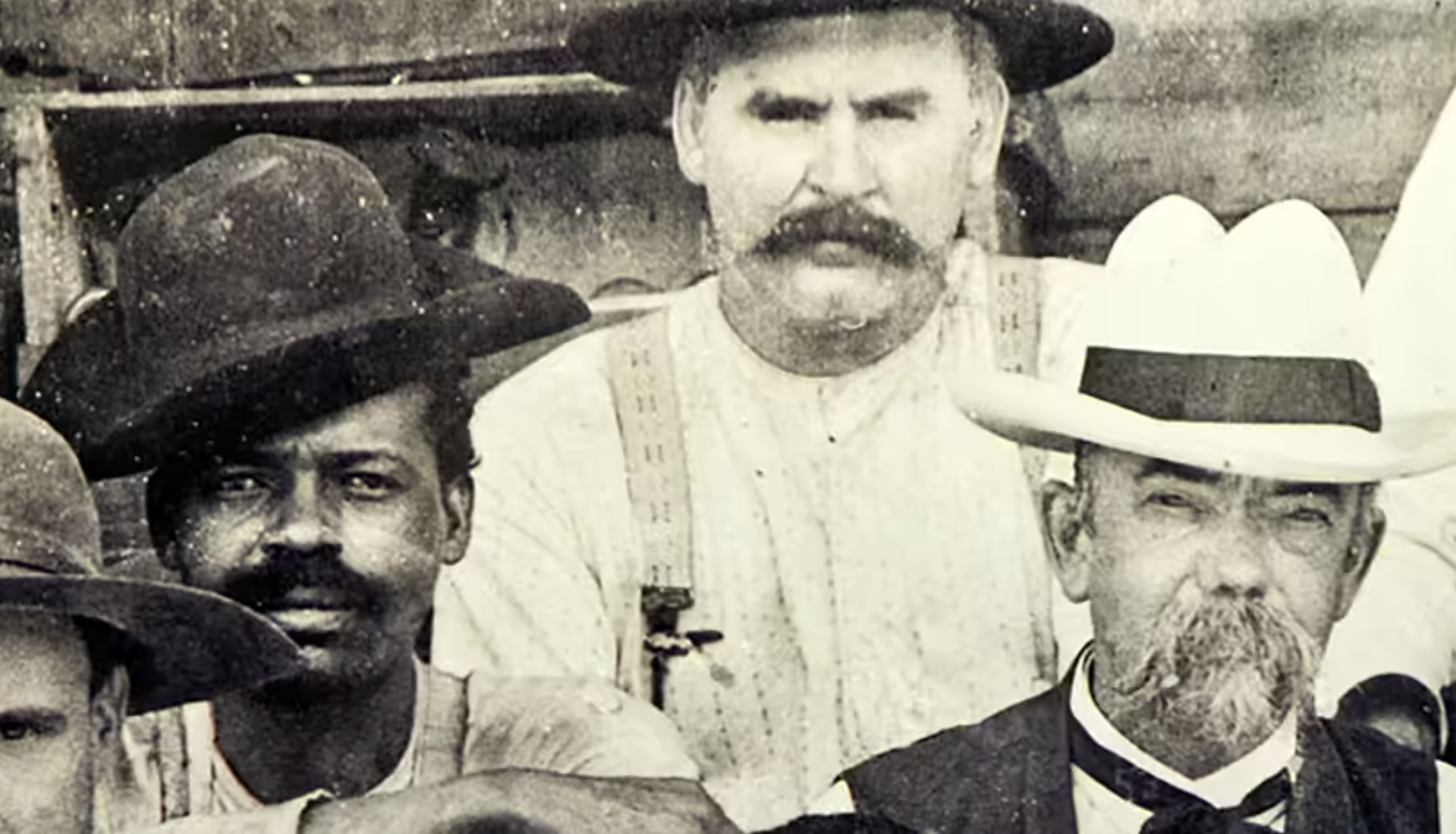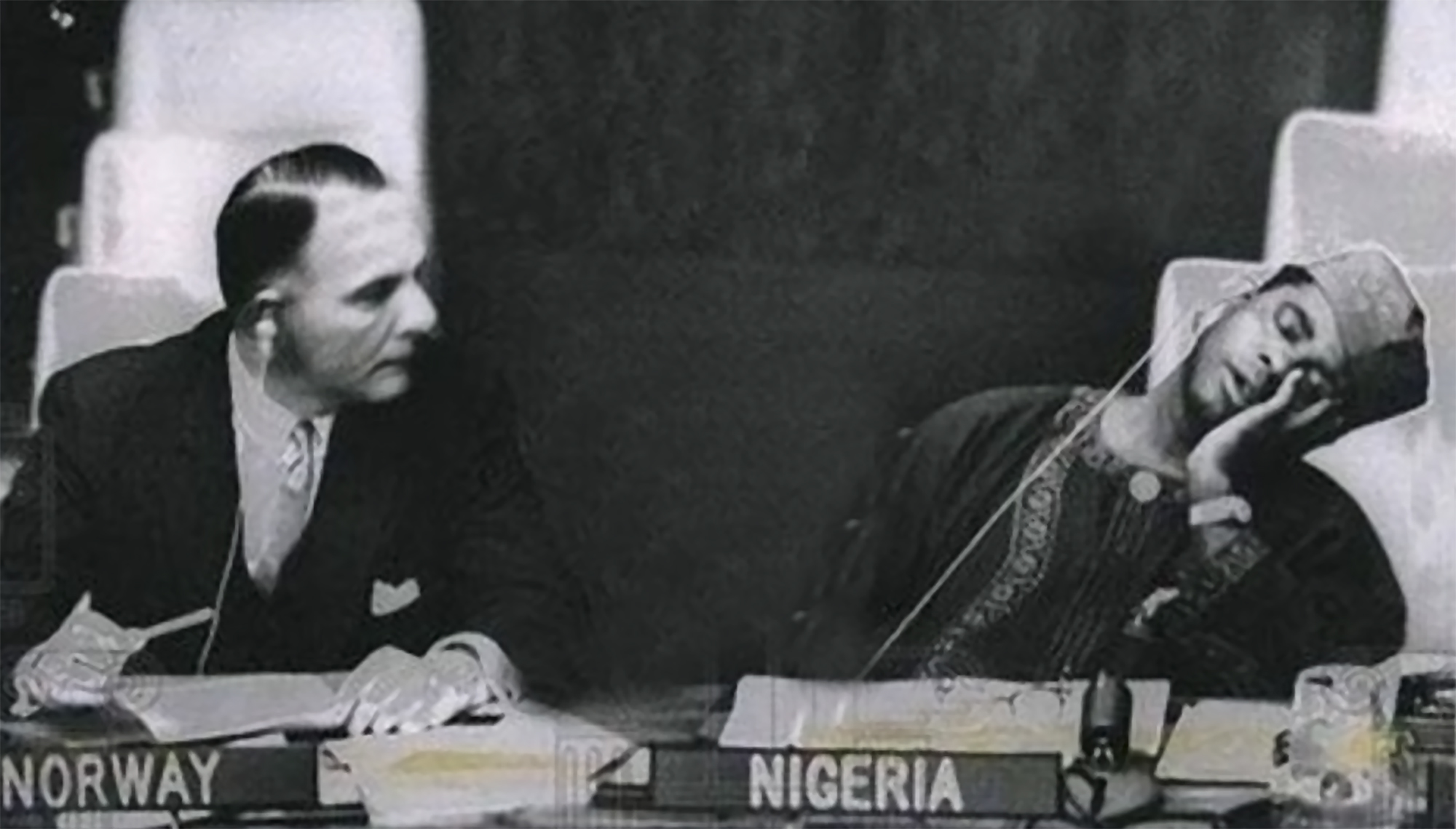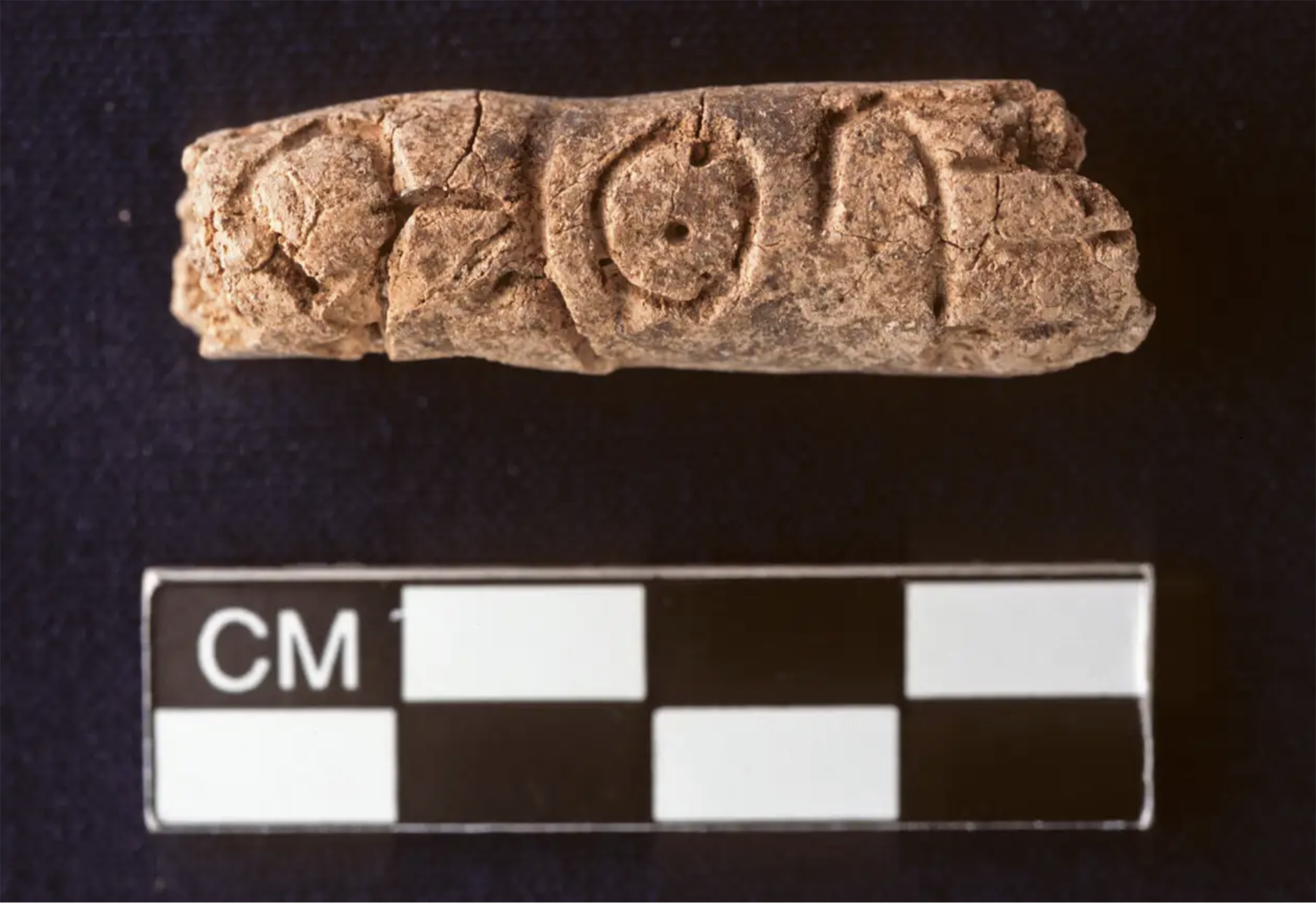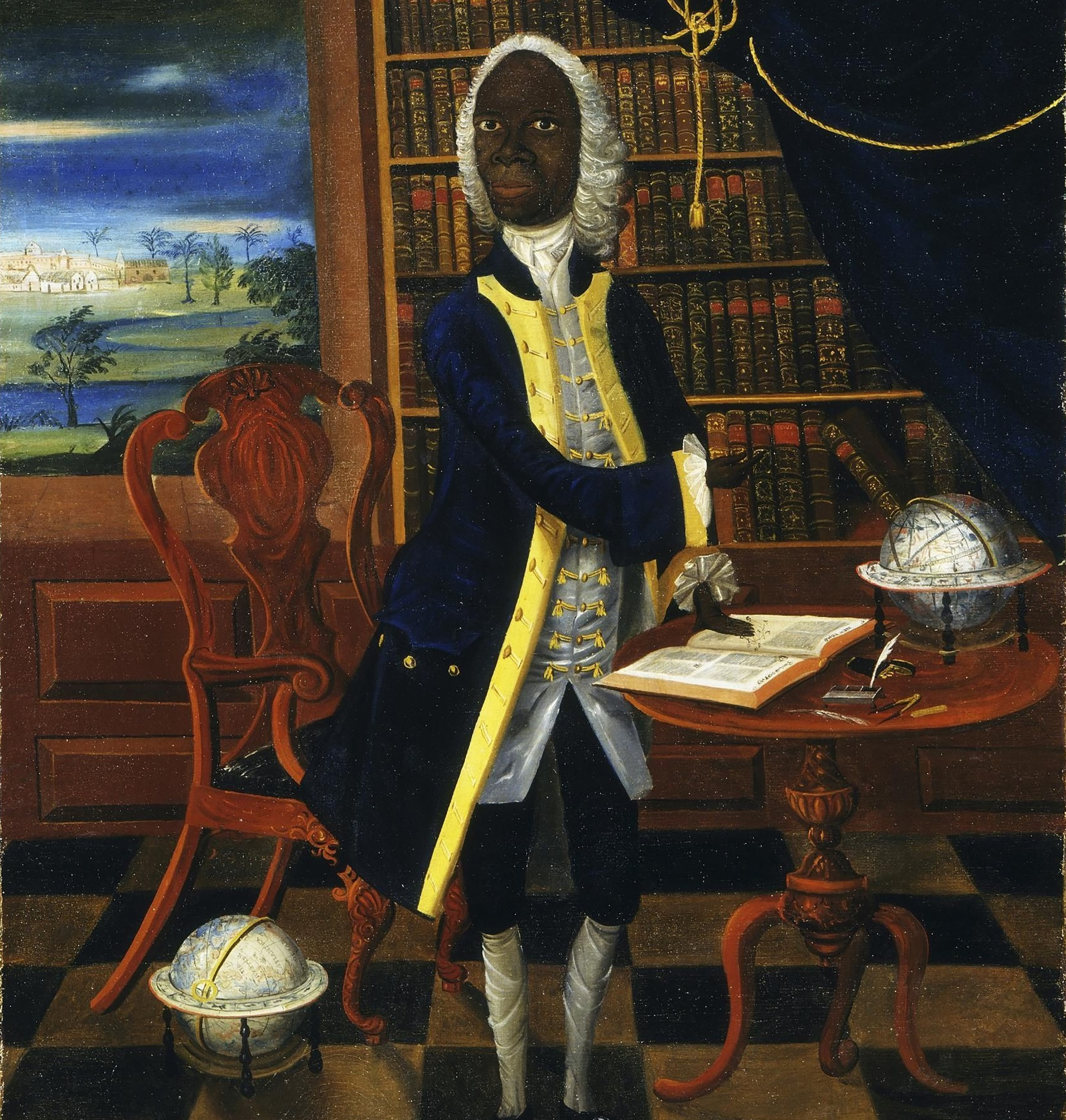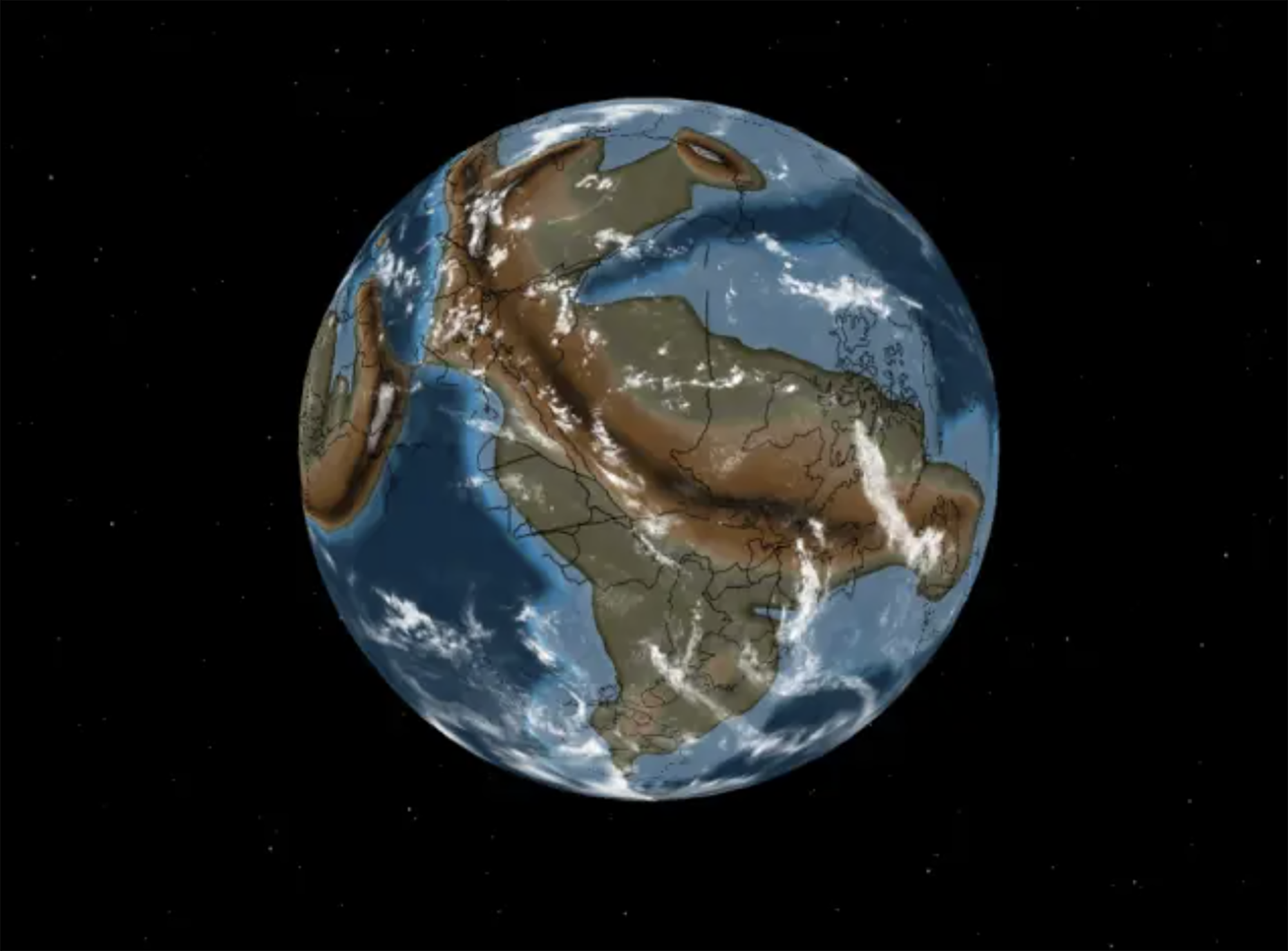Canada and Denmark "at war"
- Nares Strait 1871-1873. The American explorer Charles Diana Hall made the third expedition to the North Pole. Along the way, he found an islet of 1.3 square kilometers in the center of the Kennedy Canal.
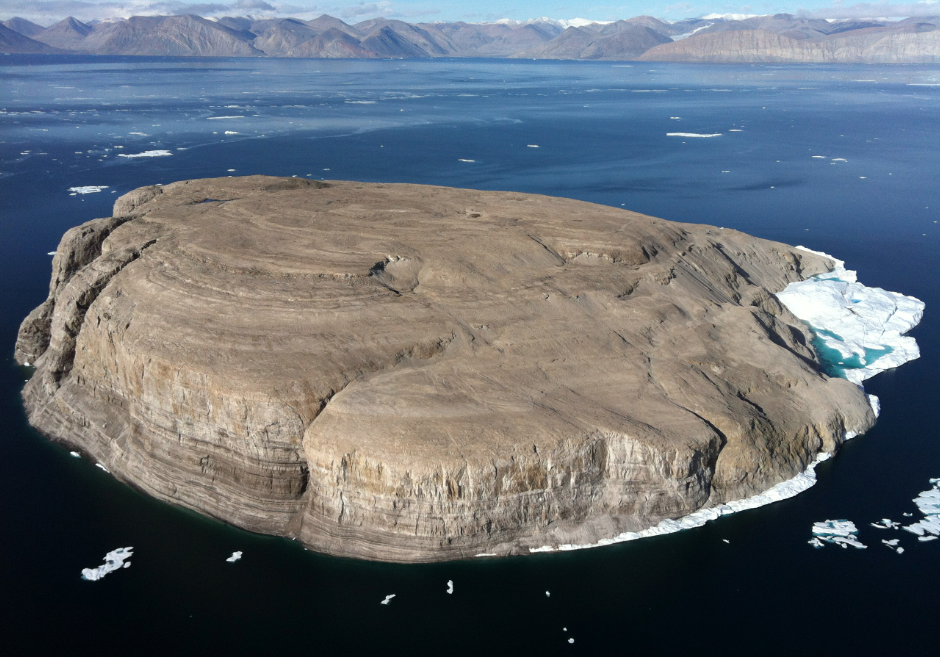
An anonymous translator named Hans Hendrik was travelling on the expedition and, in his honour, was named Hans (although his real name was Suersaq).
In 1933, the International Tribunal for Permanent Justice declared that Greenland was legally owned by Denmark. Denmark stated, on the basis of geological tests, that the island of Hans was also owned by it.
In 1972, the Canadian Hydrographic Service and the Danish researchers working in the Nares Strait determined the geographic coordinates of the island of Hans. And the following year, in 1973, in the negotiations on the northern borders between Denmark and Canada, Canada proclaimed that the island of Hans was within its territory. But in those negotiations no agreement was concluded between the Governments on the island. In 1983, both countries signed an agreement for the protection of the environment in those areas and discussed the possibility of joint investigations on the island of Hans, but did not sign anything.
In 1984 Danish Minister Høyem arrived on the island by helicopter and placed the flag of his country. In 1988 and 1995 the gestures of the Danes were similar to those of the other two years. In 2005, the Canadian Defence Minister visited the island and, in response to that visit, the Danish Foreign Minister assured that there was no dispute about this part of the land, as the island was certainly Danish.
Since then, this “war” between Canada and Denmark has created a unique tradition. Every year, in August, Canadian troops landed on the island, withdrew the flag of Denmark, placed the flag of Canada and left a bottle of whisky with a message: “Welcome to Canada.” In spring, the Danes walk on the island. They return their flag, drink whisky and leave their enemies a bottle of schnapps spirit, with another message: “You are on Danish territory.”
However, the seemingly worthless part of the land is in the center of the Northwest Canal. This commercial route, which has so far had little traffic, could become one of the main means of transport between Asia and North America, and the island of Hans will facilitate control of the route. More than one will want jokes then.
Vietnam, February 7, 1965. The U.S. Air Force first used napalma against the civilian population. It was not the first time that gelatinous gasoline was used. It began to be launched with bombs during World War II and, in Vietnam itself, it was used during the Indochina War in... [+]
Archaeologists have discovered more than 600 engraved stones at the Vasagård site in Denmark. According to the results of the data, dating back to 4,900 years ago, it is also known that a violent eruption of a volcano occurred in Alaska at that time. The effects of this... [+]
Japan, 8th century. In the middle of the Nara Era they began to use the term furoshiki, but until the Edo Era (XVII-XIX. the 20th century) did not spread. Furoshiki is the art of collecting objects in ovens, but its etymology makes its origin clear: furo means bath and shiki... [+]
In an Egyptian mummy of 3,300 years ago, traces of Yersinia pestis, the bacterium that caused the Justinian plague in the 6th century and the Black Plague in the 14th century, have just been found.
Experts until now believed that at that time the plague had spread only in... [+]
Greenland, the end of the 10th century. The first Scandinavian explorers and settlers arrived on the island. But by the 15th century these settlements had been abandoned and the original Inuit remained. But in 1721, the missionary Hans Egede organized an expedition and the... [+]
In 2017, Indonesia and the Netherlands signed an agreement to return the heritage stolen by the European country because of colonialism for three centuries. The Indonesian responsible for the return process, Gusti Agung Wesaka Puja, explained that this agreement "was important in... [+]
Greece 1975. The country began the year as a republic, three weeks earlier, in the referendum on 8 December 1974, after the citizens decided on the end of the monarchy.
A decade earlier, in 1964, when King Paul I died, his son Constantine took the throne at the age of 23.
But... [+]
Copenhagen, 18 December 1974 At 12 noon a ferry arrived at the port, from where a group of about 100 Santa Claus landed. They brought a gigantic geese with them. The idea was to make a kind of “Trojan Goose” and, upon reaching the city, to pull the white beard costumes... [+]
Tennessee (United States), 1820. The slave Nathan Green is born, known as Nearest Uncle or Nearest Uncle. We do not know exactly when he was born and, in general, we have very little data about him until 1863, when he achieved emancipation. We know that in the late 1850s Dan... [+]
New York, 1960. At a UN meeting, Nigeria’s Foreign Minister and UN ambassador Jaja Wachucu slept. Nigeria had just achieved independence on 1 October. Therefore, Wachuku became the first UN representative in Nigeria and had just taken office.
In contradiction to the... [+]
Researchers at Johns Hopkins University have discovered several cylinders with inscriptions at the present Syrian Reservoir, the Tell Umm-el Marra. Experts believe that the signs written in these pieces of clay can be alphabetical.
In the 15th century a. The cylinders have... [+]
London 1928. At the Victoria and Albert Museum there was a very special painting: in the painting there is a black man, with wig and Levite, surrounded by books and scientific instruments. Thus it was catalogued in the Museum: “Unique satirical portrait representing a failed... [+]
Ethiopia, 24 November 1974. Lucy's skeleton was found in Hadar, one of the oldest traces of human ancestors. The Australian hominid of Australopithecus afarensis is between 3.2 and 3.5 million years old.
So they considered it the ancestor of species, the mother of all of us. In... [+]
A group of archaeologists from the University of Berkeley, California, USA. That is, men didn't launch the lances to hunt mammoths and other great mammals. That was the most widespread hypothesis so far, the technique we've seen in movies, video games ...
But the study, published... [+]












